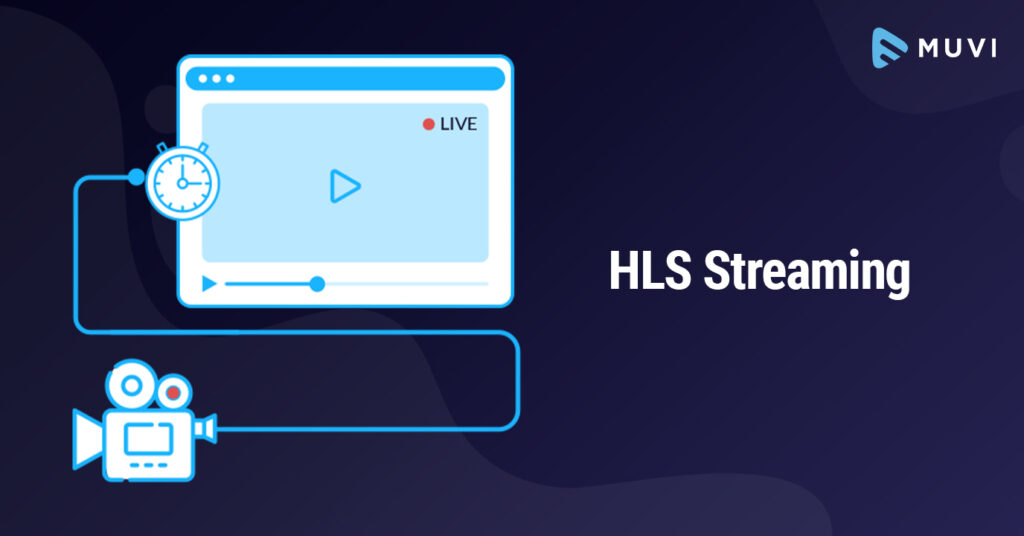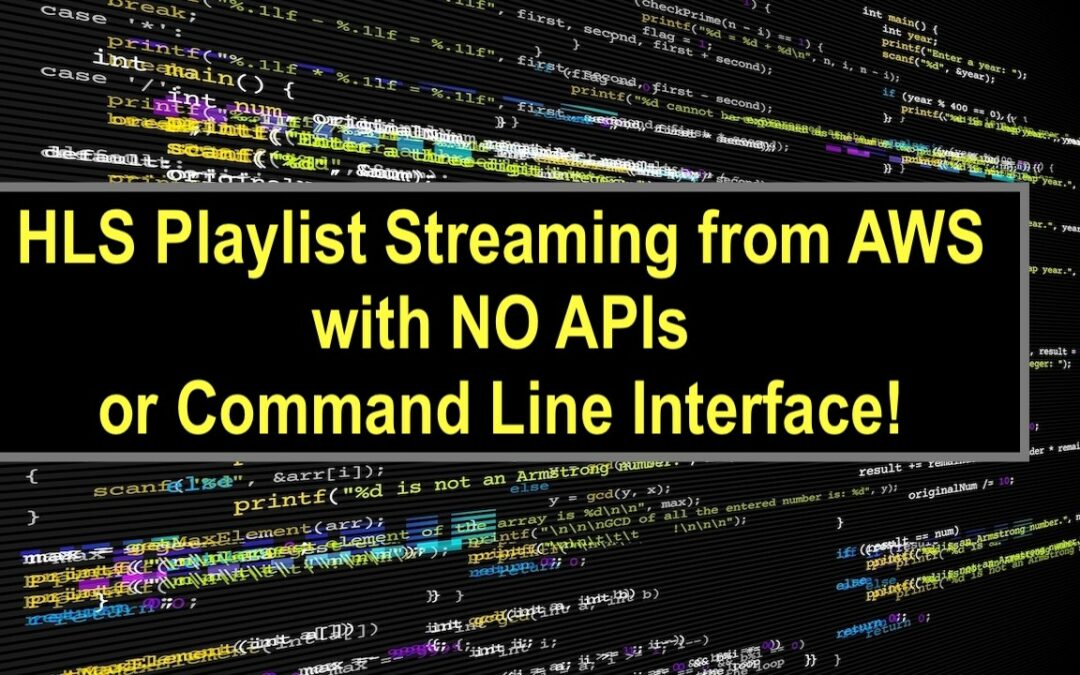Jock Mirow, Director Of Live Streaming explains the HLS playlist from AWS with no APIs or command line interface.
Non-code guys may have great content – but how can they distribute usable streams without using APIs?

“In my last article on this subject, we discussed how to set up a copy of the Windows server and make the GUI accessible to your desktop using PEM keys and Windows Remote Desktop.”
“So now you’ve got a familiar desktop on top of your regular Windows desktop – once you remote into this server desktop, you can perform any actions that you could with a local machine.”
Step one:
Load Google Chrome and load the Chrome plugin to play HLS / M3U8 URLs natively in the browser. You can access the plugin directly from Chrome here:
https://chrome.google.com/webstore/detail/native-hls-playback/emnphkkblegpebimobpbekeedfgemhof?hl=en-US
Step two:
Load VLC Media Player. It’s a free, open-source media player and (without sounding like a commercial here) a whole lot more. We’re going to utilize one of the features of VLC to actually create our playlist. You can download VLC here:
https://www.videolan.org/
Related: HLS Playlist Streaming from AWS with NO APIs or Command Line Interface! PART 1

Step three:
Load Open Source Broadcaster (OBS). If you don’t know about this great free software, you should. It’s essentially an open-source version of Telestream’s Wirecast and contains similar functionality. While not quite as feature-rich as the pro version of Wirecast, it has everything you need to create professional RTMP video output, and as an added bonus – it’s free. After you load this, take a moment to “click around”—there are some great video production features in OBS. You can download OBS here:
https://obsproject.com/
Step four (some secret sauce):
It took me a while to find the right open-source/freeware product for the final phase of our software installs – but here it is. Lastly, load the open-source or non-commercial version of MistServer. It’s a small, lightweight video server that runs very nicely on Windows Server. More about this later – here’s the link:
https://mistserver.org/
So, essentially, our workflow will be: VLC reads the “list” of a series of video files on the server, OBS accepts VLC as an input source, OBS outputs RTMP to localhost, and MistServer inputs RTMP and outputs a live, HLS / M3U8 URL.

